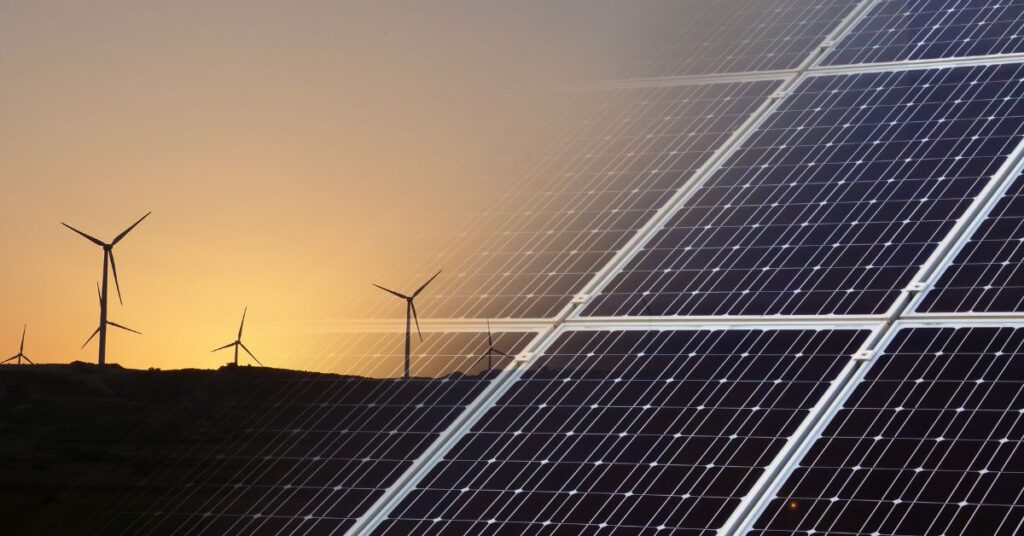Why is India facing a coal shortage? Learn every angle of the story here!

India is currently exposed to a critical energy crisis, and the sole reason is nothing but a deficit of coal to run its thermal power plants? Unfortunately, the condition of this South Asian county is becoming alarming with each passing day.
Similar cases can be witnessed in a lot of other countries, including China and many European nations. In fact, the situation in China is even worse, as many thermal power plants have already been shut down in the country due to the ongoing coal shortage in China.
Here, through this write-up, we will try to understand the possible reasons behind the ongoing global energy crisis, taking India as a case study. Besides, we will also discuss the effects of the energy crisis and steps to improve the present condition in the country.
Reasons behind the ongoing coal energy crisis in India
The following aspects are collectively responsible for the present-day coal crisis in India:
Over-dependence on thermal power plants
In the past, we have covered India plan for renewable energy in great detail, but clearly, things are not moving in the right direction. Overall, 66-70% of the entire energy requirements of the country are produced by thermal power plants only, and out of them, the majority are coal-driven power plants.
India does not produce a large volume of natural gas and petroleum, so the country is greatly dependent on export to meet its primary requirements. But, the consistently increasing crude oil and natural gas prices in the international market has not been a commercially viable option for gas and oil-based power plants.
It is not all about India or China, even hyper-developed European country like Germany is increasing its dependence on coal to address its energy requirement. We would also like to remind our readers that Prime Minister Angela Merkel was the one who announced the closure of all nuclear power plants in Germany and decided to scale up their thermal power production.
An increase in demand for electricity in India
2020 was a dull year for businesses. But in 2021, as things are progressing smoothly due to the arrival of vaccines, factories started running in full force. India is moving in a direction to register a double-digit growth rate in the ongoing financial year, so it’s a matter of fact that the power consumption for economic activities in the country is increasing as well.
Besides, in the last 18 months, more than 30 million new households in India have been given an electricity supply. As a result, domestic power consumption is increasing eventually.
To give you a perspective, during Aug-Sep of 2020, India as a whole consumed 106 billion units of electricity. But, this year, in 2021, the power consumption has increased by 18 billion units to reach 124 billion units during the same time period.
As the festival season is approaching in India, the electricity consumption rate will remain the same, if not more, in the coming future.
The exponentially increasing coal price
Of late, the coal price in the international market has reached an all-time high point, surpassing the 2008 global economic crisis mark.
The Australian coal price has increased by a whopping 250% between Sep. 2020 to Sep. 2021. Similarly, Indonesian coal now costs around 200 USD per ton while it was only a mere 60 USD per ton last year. As a result, the major thermal power plants in India like Tata, and Adani who were primarily dependent on imported coal are nonfunctional now.
The cost of electricity in India for domestic consumption is significantly lower in comparison to most western countries. Therefore, the thermal power plants generate a large chunk of their profit from the commercial use of electricity. But due to the COVID crisis and economic slowdown, such power plants had no other option but to shut down their plants completely or scale down their production.
Many experts believe that the sudden increase in coal price was a manufactured one, yet it was unavoidable. China extracts 50% of the world’s total coal but today the country itself is facing a considerable deficit in terms of coal production. The reason being, coal extraction is a time-consuming process and cannot be scaled up at a particular moment depending upon the requirements.
So, China is ready to pay anything to import coal from the outside and revive its economy. China is presently importing coal from Kazakhstan, Russia, Indonesia, and many other South American nations. The same is the case with India, Germany, and few other countries as well.
As the demand for coal is sky-high, sellers find it an ideal opportunity to exploit the buyers’ community; it’s a matter of simple economics.
The late monsoon
Despite having one of the largest stockpiles of coal in the world, India’s energy crisis and the ongoing struggle for coal is quite surprising even for the industry experts. For a long period, India always had a surplus of power. In fact, in 2020, India produced around 200 Gigawatts of energy, while the consumption was only 170-180 Gigawatts.
But, the late arrival of the monsoon in 2021, which is the primary force behind the rain in the Indian subcontinent, has made things bad to worse. The monsoon delay in India brought heavy rainfall in the month of Sep., especially in the Eastern part of the country. Coincidentally, the states in the Eastern region, like Chhattisgarh, Odisha, Jharkhand, host the maximum number of coal mines in India. The delayed rain flooded the coal mines, and the coal production slowed down eventually. Besides, the floods adversely affected the transportation of coal, destroying the entire supply line.
How much of coal is left for India’s thermal power plants?
Today in Oct. 2021, around 135 thermal power plants in India are left with only 2-4 days of coal reserve. The thermal power plants are experiencing a coal shortage of 60-70 thousand tonnes on a daily basis, which is huge. The central authority described the situation as “touch and go.”
Unlike China, for the time being, India is somehow able to manage the demand of its population. However, it is inevitable for the government to maintain its 24 hours of power supply for a long period of time. So, the Indian public should mentally prepare themselves for the frequent power cuts in the times to come.
How to avoid coal shortage in India?
India can take the following measures to back things to normal and avoid coal shortage and energy crisis in India:
- Schedule power-cuts: As the winter is approaching in the country, India has the flexibility to plan out things effectively and carry out scheduled power cut in India and load shading in an efficient manner.
- Price incentives for plants: Incentivise the coal-based thermal power plants and encourage them to buy coal and carry out their functions.
- Gas-based plants: As mentioned earlier, most of the gas-based plants in India are non-functional. So the country should take measures to diversify its nonrenewable energy needs.
- Invest more in renewable energy: As a long-term goal, India needs to reduce its traditional energy consumption by at least 50% as early as 2030.
- Using global influence: Let’s face it, India has a certain amount of influence all across the globe. India can use its soft power and global influence to import coal in a large scale.
- Taking advantage of geopolitics: These days, China is not accepting Australian coal due to the AUKUS pact. So, India can take advantage of this opportunity, and import coal from the country.
Editor’s note
It’s quite funny that when we are debating over topics like climate justice, renewable energy, there is a worldwide energy crisis. It seems like coal is taking revenge on the universal hatred that it has received over the years. If the situation does not change rapidly, the stock markets are bound to crash, and the global supply chain would be disrupted severely for sure.
So, it is high time to invest more in renewable energy and ensure a sustainable world.
#BleedGreen


The author has a specialization in domains like environmental science and sustainable energy. Being in the writing and editing industry for half a decade, he has produced numerous exceptional academic content and blog posts in multiple popular platforms.
At BleedGreen, he will share his solution-oriented thoughts to tackle sensitive issues like climate change, the greenhouse effect, and deforestation.




